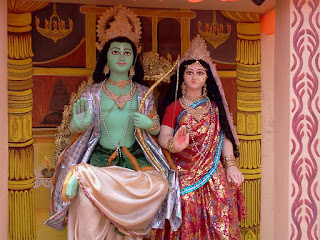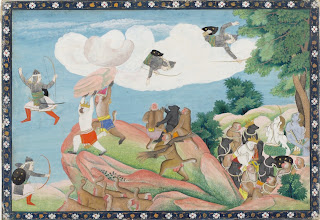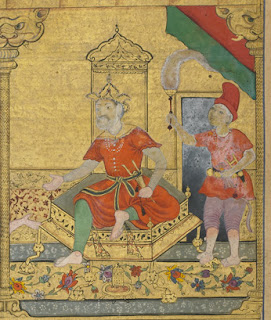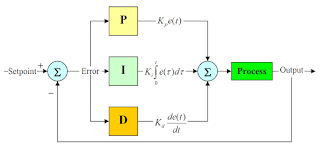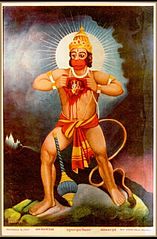Week 7 Story: Bhima Kills Kichaka and Does Some Landscaping Too
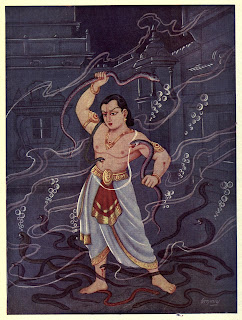
Figure 1: Bhima Wikimedia "Bhima! Help me please!" Draupadi swooned like a fair maiden, fainting helplessly, falling luxuriously onto a nearby plush coach, tears streamed down her face. It was the image of perfect feminine helplessness that can only be conjured by the mind of a sexist idiot who doesn't know what a comma splice is. Answering her call for help without a moment of hesitation, Bhima tears his shirt in rage and leaps to the door to meet Kichaka; Bhima's hulking steel body standing before with Kichaka's lean ropy one. "Leave Her Alone" Kichaka shifts his weight like a taunting cat, and his face contorts into a smile, a smile that sent a smug challenge. "Oh... I think I won't" Kichaka hooks Bhima with his left fist, and follows with a tight, compact right jab, but Bhima stands his ground, as Kichaka's blows were merely a test, and so Bhima replies in the only language that men like Kichaka understood. Bhima ...






